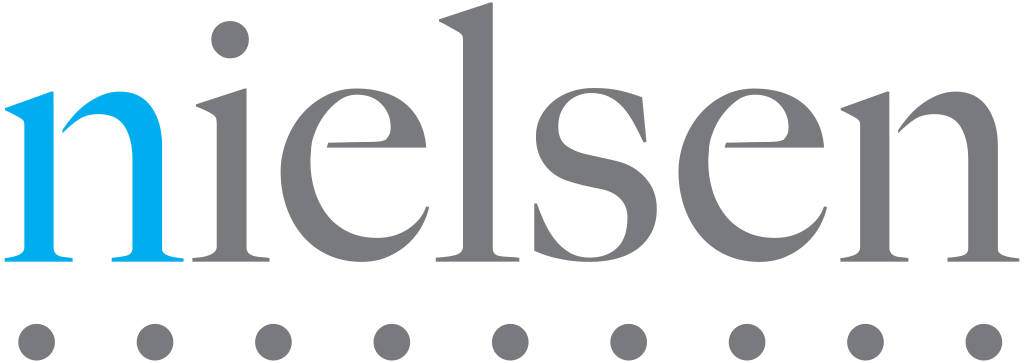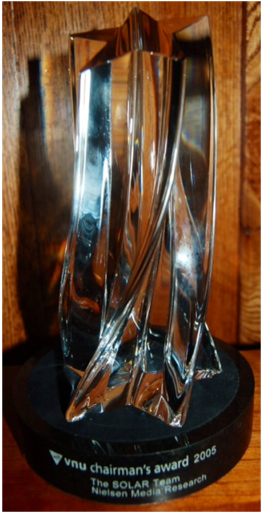Industrial Logic helped Nielsen safely implement XP, saving time and money, clearly defining information,
building and enhancing their reputation and relationships, and increasing the overall happiness and
health
of the team members. Some of the many benefits included:
Communications: The Industrial Logic coaches taught the team how to raise issues without
triggering a
defensive response. After the Nielsen team became comfortable with retrospectives, they felt safe to
talk,
collaborate and open up with each other.
Code: After learning storytest-driven development, the Nielsen team felt more confident making
code
changes, knowing they had not introduced behavioral regressions.
Environment: The open workspace fostered interdepartmental communication, allowing insight and
understanding into what each group’s role was and how they could contribute to help speed the process.
It
became a “tour stop” for Nielsen executives on how to do it right.
Requirements: The Nielsen team broke down the walls between IT and the end user and began holding
interactive sessions directly with customers. The results helped to build prioritized lists of features
to
the delight of customers.
Culture: The entire approach and concept of coaching and collaboration resonated with the team.
The
culture created by the shift to an open workspace, training and mentoring by the Industrial Logic team,
and
increase in open interdepartmental communication had a positive effect on employee retention, especially
among some of the top engineers.











